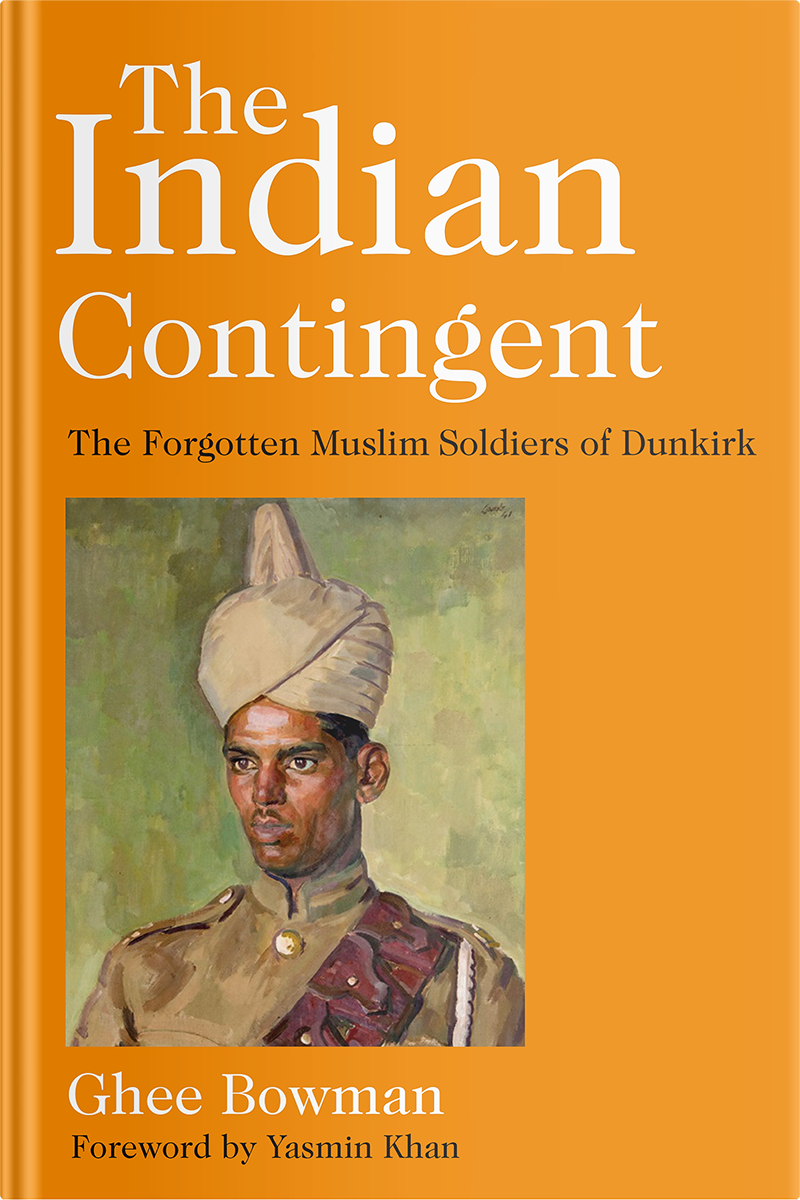The Indian Contingent
Compiling the Database
The main sources for the soldiers’ names are archival documents in The National Archives (TNA) in Kew, London, India Office Records at The British Library (IOR), and the National Archives of India (NAI) in Delhi.
A full nominal list for the 22nd Company is held at TNA (WO 167/1437). This was the first large tranche of names put into the database. Other TNA and IOR documents contained considerable lists. When I visited the NAI in February 2017 I was very pleased to find a complete nominal roll for 3rd Company, preserved among the records of the Indian Military Dept (DGIMS 8/9/2/1941 3 coy IMD daily orders). Many other NAI documents contained long lists of names, showing promotions, punishments, men on leave and other administrative detail.
At the start, I was simply interested in finding names. My instinct as a social and cultural historian-in-the-making was that names were important – they would humanise these men. I half-remembered an idea that the Ancient Greeks believed that a man was immortal as long as his name is remembered on earth. Remembering their individual, personal names – I believed – would in some way prevent their complete erasure from history.
As time went on, I started to find second references to individual soldiers. Usually this was very mundane information – they travelled from one camp to another, they were admitted to hospital, they attended a training course. These snippets were interesting though, in that they revealed what the army thought was worth recording.
There were also occasional more personal references. Some of the men in photos held by the Imperial War Museum (IWM) are named, and sometimes there’s a flash of personality that comes through. The list of names for the Hockey team who played at Kingsbridge in Devon in 1941 was interesting in that it contained the name of one man who proved to be a non-Muslim sweeper, which generated some useful discussion with my PhD colleague Sonia Wigh on the question of ‘caste’ in Force K6. Letters to and from home occasionally showed up, which sometimes gave addresses and names of family members. Pictures were being fleshed out.
Another valuable source of information was the Commonwealth War Graves Commission (CWGC). When I started this project in 2013, one of the few web pages that had any mention of Force K6 was the CWGC ‘Forever India’ site, which had some general information on K6, some press cuttings and a list of those K6 men buried in the UK and France. Unfortunately that page has now gone. But the attached list – although containing some inaccuracies – was extremely valuable. I have made it part of my mission to visit and photograph all the K6 graves in Europe, and as of June 2020 I have just two left to see.
The CWGC data proved very useful when I visited Pakistan to search for relatives of K6 soldiers. I had hoped to find the original enlistment records for the men, in archives in India or Pakistan, but so far that has not been possible. So I only had home addresses for fewer than 100 men, and most of those addresses came from those who were on the CWGC website. I hired a Pakistan army veteran who knew the villages of Northern Punjab well, and he took those names and addresses, and rode round the villages on his motorbike, finding that in many cases the family still lived in the same village.
[1] Raghu Karnad, Farthest Field: An Indian Story of the Second World War (Noida, Uttar Pradesh: William Collins, 2015), p. xix.

